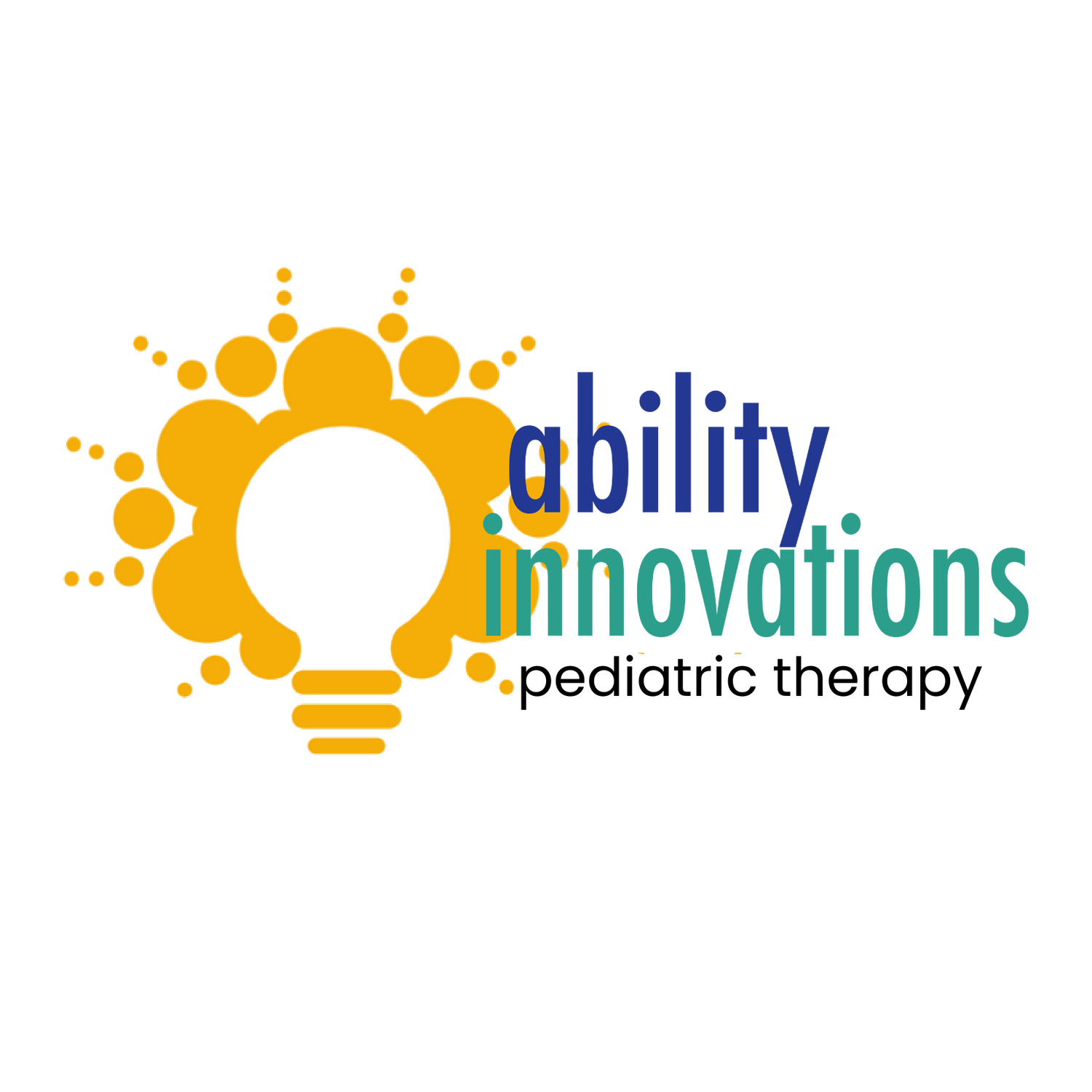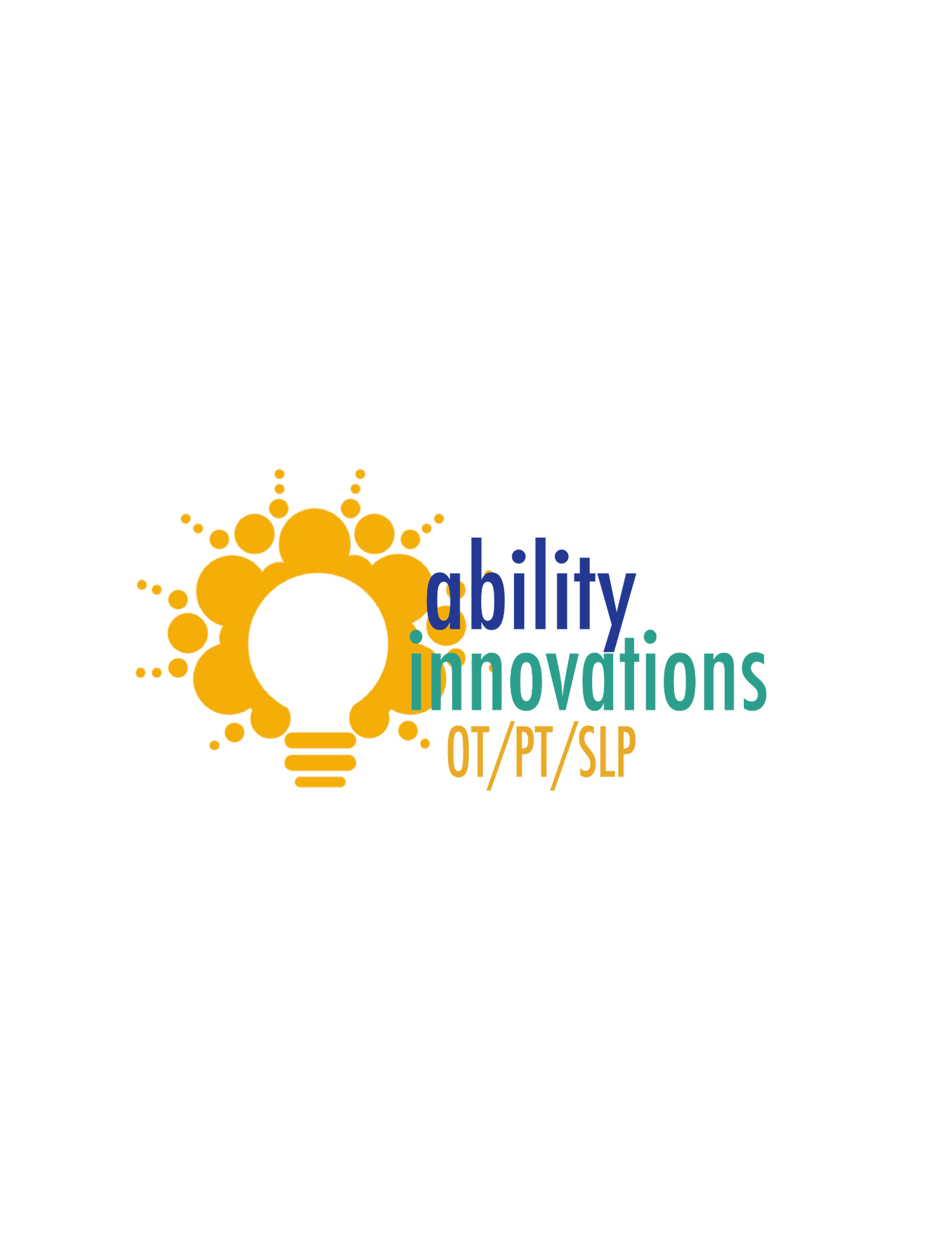Understanding Prelinguistic Skills: The Building Blocks of Communication
Megan Banham CCC-SLP
Before babies say their first words, they’re already busy learning how to communicate. These early skills — called prelinguistic skills — form the foundation for language development. By understanding and supporting these skills, caregivers can help children build strong communication abilities that will support them for life.
What Are Prelinguistic Skills?
Prelinguistic skills are the communication behaviors or abilities that develop before speech.
Even though no real words are being used, these skills show that a child understands the power of communication — that they can get attention, share interests, and respond to others.
Key Prelinguistic Skills To Watch For:
Here are some of the most important early communication milestones:
Joint Attention: This happens when a child and adult focus on the same object or event — for example, when a child looks at a ball and then back at you to “share” the experience. It’s a critical step toward understanding conversation and learning new skills.
Turn-Taking: Early games like peek-a-boo or taking turns making sounds teach children the back-and-forth rhythm of communication.
Gestures and Pointing: Waving, clapping, or pointing to request or show something are early forms of expressing wants and interests.
Imitation: Babies learn by copying sounds, facial expressions, and actions. This skill is essential for both language learning and social understanding. Imitation skills typically happen in a progression: gross motor (actions) are first, followed by gestures and sounds, then words.
Vocal Play: Babbling, cooing, and experimenting with sounds are all ways children practice using their voices — the first steps toward speech.
Why Prelinguistic Skills Matter:
Strong prelinguistic skills are the foundation for later language development. Children who engage in frequent, meaningful back-and-forth interactions tend to:
Develop vocabulary faster
Use language more effectively
Have better social and emotional skills
When these early skills are delayed, children may struggle with understanding or using language later on — which is why early support makes such a difference.
How To Support Prelinguistic Development
Parents and caregivers can do a lot to encourage early communication — and it doesn’t require special tools or training! Try these strategies:
Get on their level: Sit face-to-face so your child can easily see your eyes and mouth.
Follow their lead: Talk about what your child is looking at or interested in.
Pause and wait: Give your child time to respond — even if it’s just a look or sound.
Model gestures and sounds: Wave, clap, point, and use expressive tones.
Play together: Simple games like peek-a-boo or “pat-a-cake” teach turn-taking and attention.
Read and Sing Songs: Sing songs with gestures/actions and read books, pointing to pictures to connect words with actions.
Final Thoughts
Prelinguistic skills are the first conversations your child will ever have — even before they say a word. By tuning into these small but powerful moments, you’re helping your child build the communication foundation they’ll use for a lifetime.






